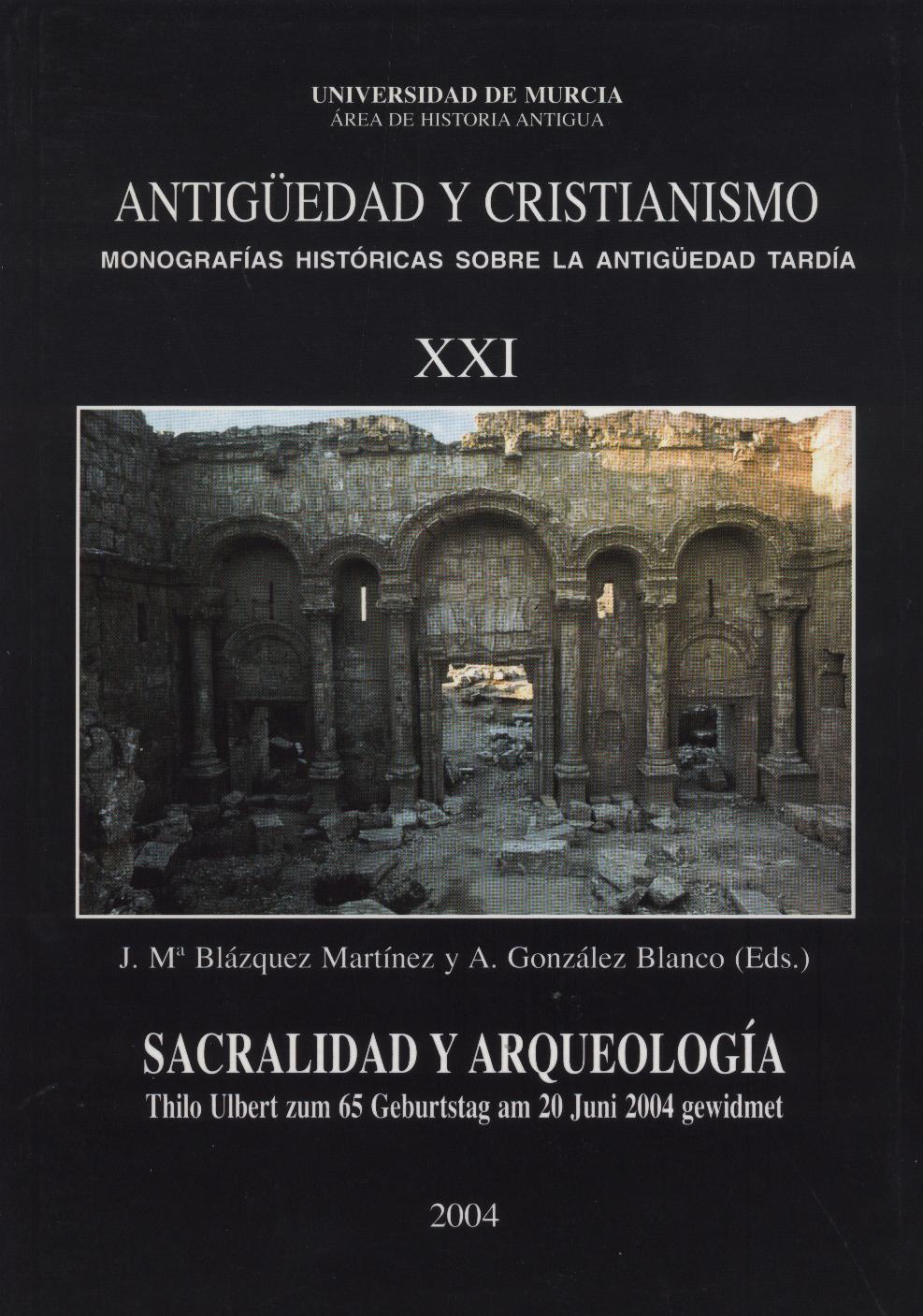Quintanilla de las Viñas en el contexto del arte altomedieval. Una revisión de su escultura
Abstract
The abundant research carried out in Quintanilla de las Viñas shows how difficult it is to locate it in its context, because it has indistinctly been placed between the 10th century and the Visigothic era, where it is more frequently located. However, a study of its scultures, searching for its foundations from Late Antiquity, reveals the origins of its iconography in the eastern Mediterranean and eastern Sassanian culture, later transferred to the creations of the Early Middle Ages, where the Islamic culture has been a prime agent, particularly from the area of Cordoba in the 9th and 10th centuries.
Downloads
1. The authors non-exclusively assign the exploitation rights (reproduction, distribution, communication and transformation) to the magazine.
2. The works published in this magazine are subject to the Attribution-ShareAlike 4.0 International license (CC By SA 4.0). Therefore, they can be copied, used, disseminated, transmitted and publicly displayed, provided that:
i) the authorship and the original source of its publication (journal, editorial and URL of the work) are cited, thus allowing its recognition.
ii) it is allowed to remix, transform or create from the material while maintaining the same license as the original.
Note: Articles prior to 2022 incorrectly display the CC by SA license in the abstract page. They are under a CC by NC ND license as embedded in the article pdfs. Articles published in 2022 and after are under the CC by SA license.

3. Self-archiving conditions. Authors are allowed and encouraged to electronically disseminate the pre-print (version before being evaluated) and/or post-print (version evaluated and accepted for publication) versions of their works before publication, as it favors their publication. Earlier circulation and diffusion and with it a possible increase in its citation and reach among the academic community. Color RoMEO: verde.























